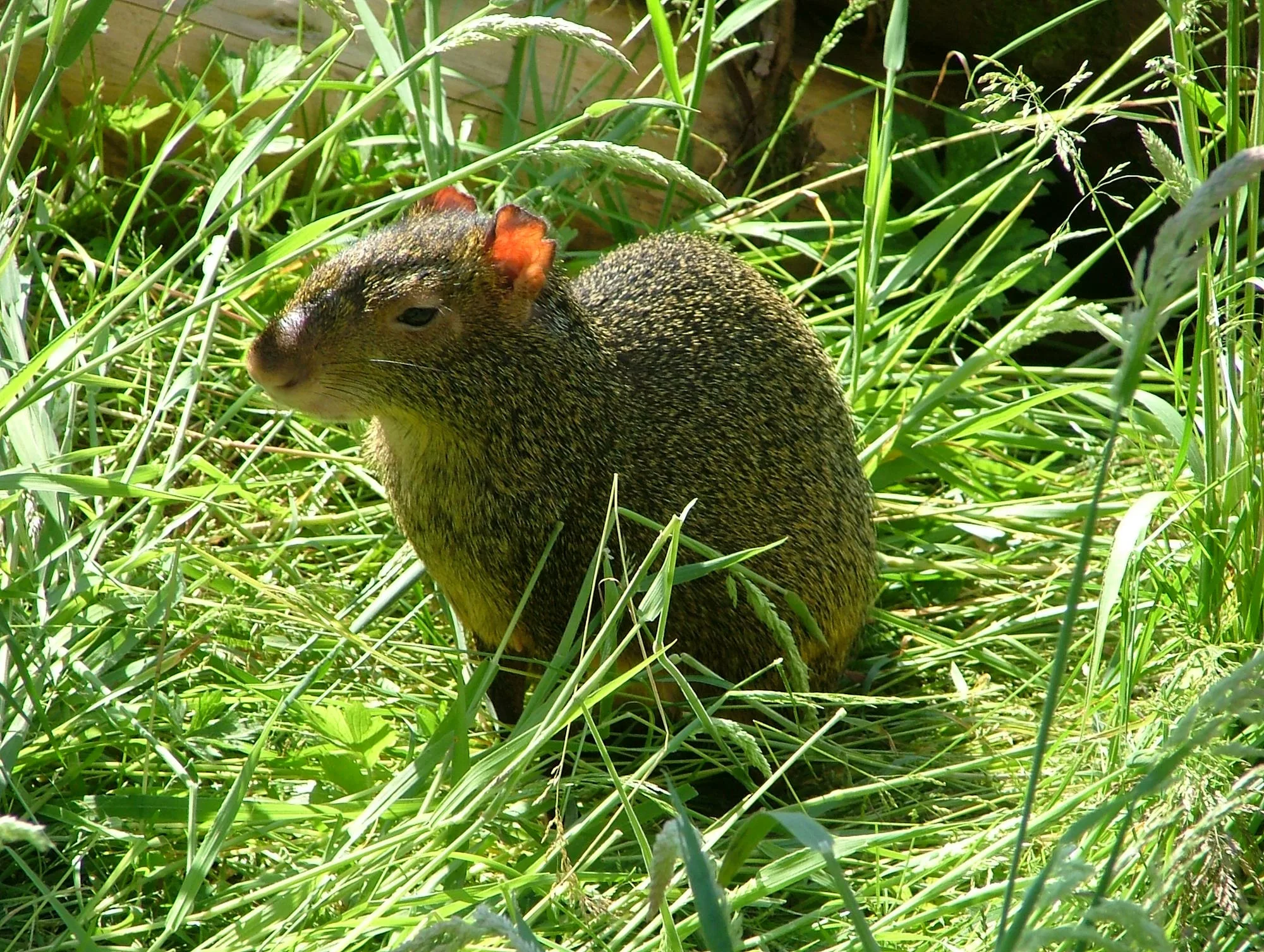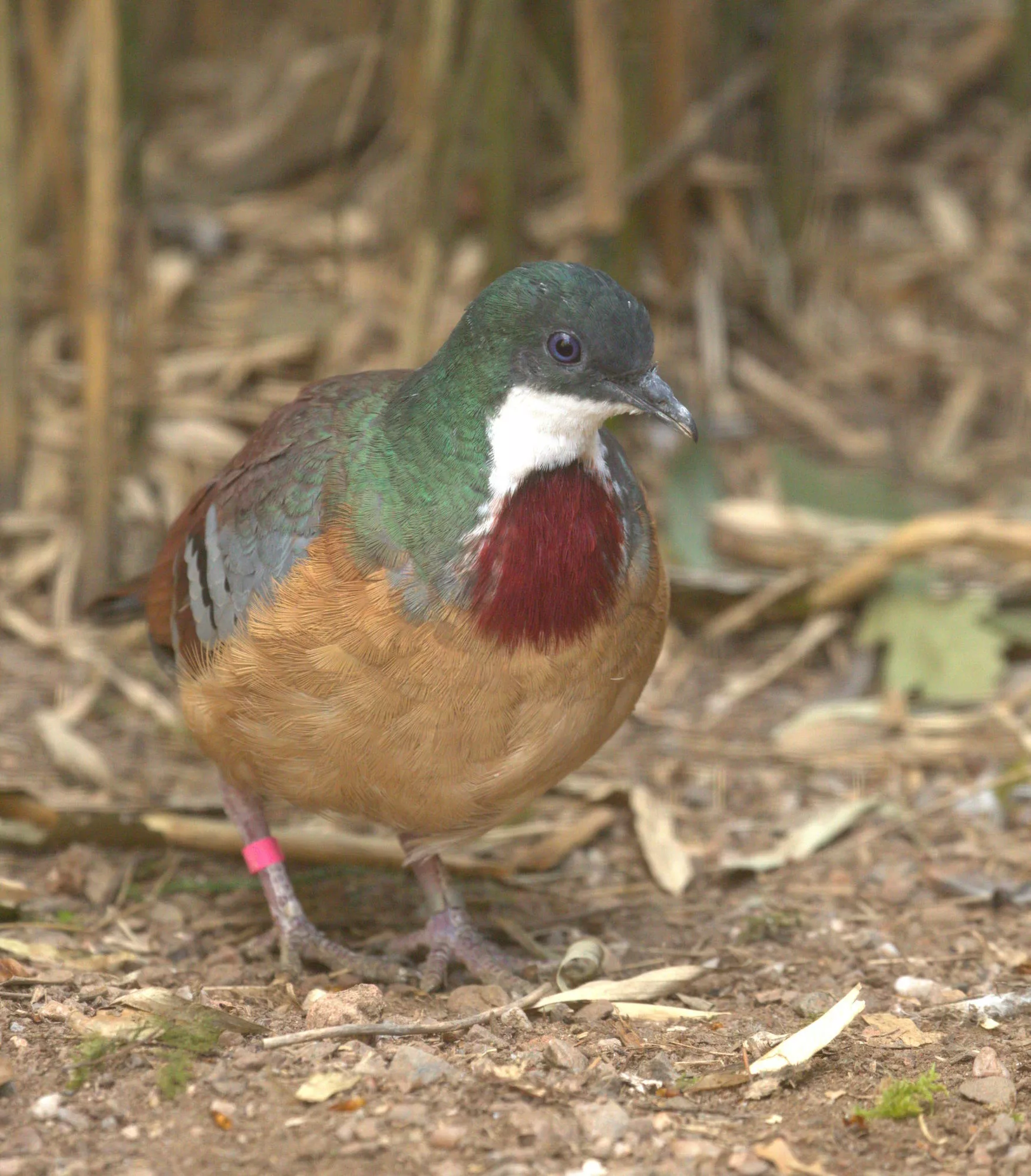
Silvery marmoset
Scientific name: Mico argentatus
IUCN listed as: Least Concern
Learn before you visit!
Here are some facts about the species – Discover what they eat, find out about their natural habitat, see what they like to do, and more… Set the reading style to suit you too, everyday speak or something aimed towards children.
Child-friendly
Everyday
Diet
Silvery marmosets primarily consume tree sap, which they extract using their sharp teeth. They also eat fruits, insects, bird eggs, and small vertebrates. This varied diet provides the necessary nutrients and energy for their active lifestyle. They have a specialised digestive system to process tree sap, including an enlarged cecum. This dietary flexibility allows them to thrive in different environments.
Silvery marmosets eat tree sap, fruits, insects, and bird eggs. They use their sharp teeth to get the sap. This diet gives them the energy they need. They have special stomachs to help digest the sap.
Breeding
Breeding occurs year-round in captivity, with wild births usually between November and March. Females have a gestation period of about 140-145 days and give birth to 1-3 infants, commonly twins. The group helps raise the young, with males and other members assisting the mother. The infants are weaned at six months and reach maturity at about one to two years.
Silvery marmosets can have babies all year in zoos, but in the wild, it’s mostly November to March. Mothers are pregnant for about 140-145 days and usually have twins. The whole group helps take care of the babies. They are fully grown by one to two years old.
Habitat
Silvery marmosets are native to the eastern Amazon Rainforest in Brazil. They prefer lowland forests, including primary and secondary growth forests, and sometimes plantations. These habitats provide abundant food and shelter. Deforestation and habitat fragmentation are significant threats to their populations. Conservation efforts focus on preserving their natural habitats and promoting sustainable land use practices.
Silvery marmosets live in the Amazon Rainforest in Brazil. They like forests with lots of trees and sometimes live in plantations. These places give them food and shelter. Protecting their homes is important because cutting down trees threatens them.
At the zoo
The zoo has been breeding and exhibiting this species since its inception in 1993. Currently, we have a colony on display. Unfortunately, in 2015, we lost the breeding sire, and many of our individuals may need to be relocated to different zoos over the coming year to benefit the studbook.
he zoo has been breeding and showing this species since it started in 1993, and right now, we have a colony on display. Sadly, in 2015, we lost the breeding male, and many of our animals might have to move to different zoos in the next year to help with the breeding programme.
Behaviour
Silvery marmosets are diurnal and arboreal, spending most of their time in trees. They live in social groups of 4-11 individuals, including an adult pair and their offspring. They communicate through vocalisations and scent markings to establish territory and social bonds. These marmosets are known for their playful behaviour and strong social ties within the group. They use their sharp claws and teeth to extract tree sap and navigate their environment.
Silvery marmosets are active during the day and live in trees. They live in groups of 4-11, with an adult pair and their babies. They talk to each other with sounds and smells. They play a lot and have strong bonds with their group members.
Fun facts
- Sap Specialists: They have specialised teeth and digestive systems for consuming tree sap.
- Bare Ears: Their flesh-coloured ears give them the nickname “bare-eared marmosets.”
- Social Structure: They live in social groups with a dominant breeding pair.
- Territorial Marking: They use scent glands to mark their territory.
- Tree Dwellers: They spend almost their entire lives in trees.
- Sap Eaters: They have special teeth and stomachs for eating tree sap.
- Bare Ears: Their ears have no fur, so they’re called “bare-eared marmosets.”
- Group Living: They live in groups with a leader pair.
- Scent Marking: They use smells to mark their territory.
- Tree Lovers: They live most of their lives in trees.
More animals to discover at our zoo
Quick Links
Tickets & Prices
You can buy tickets for Exmoor Zoo securely online, as well as finding out more price options, discover offers, and more…
What’s on…
Exmoor Zoo hosts incredible Events all through the year. You can find out about what we’ve got in store here…
Routes & info
Like any great discovery, Exmoor Zoo can feel a little off the beaten path – but don’t worry – you can plan your journey with our recommended routes and other useful travel info.



























